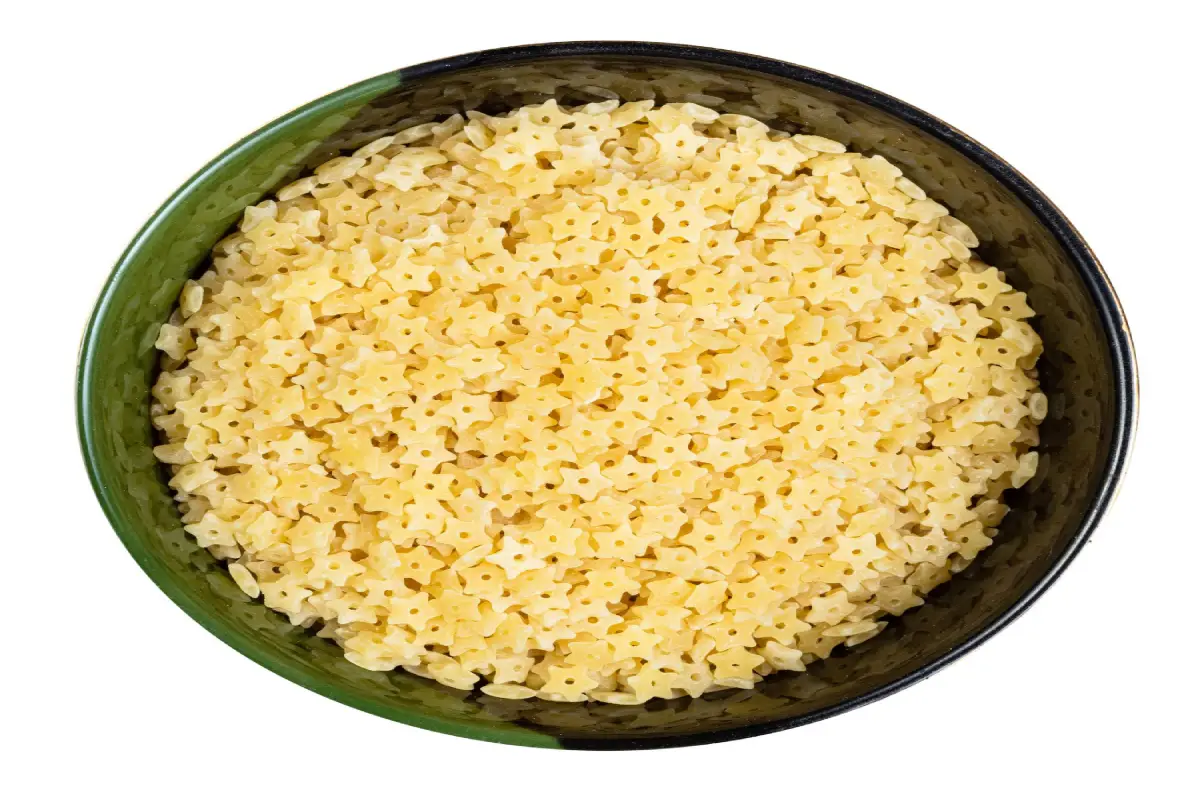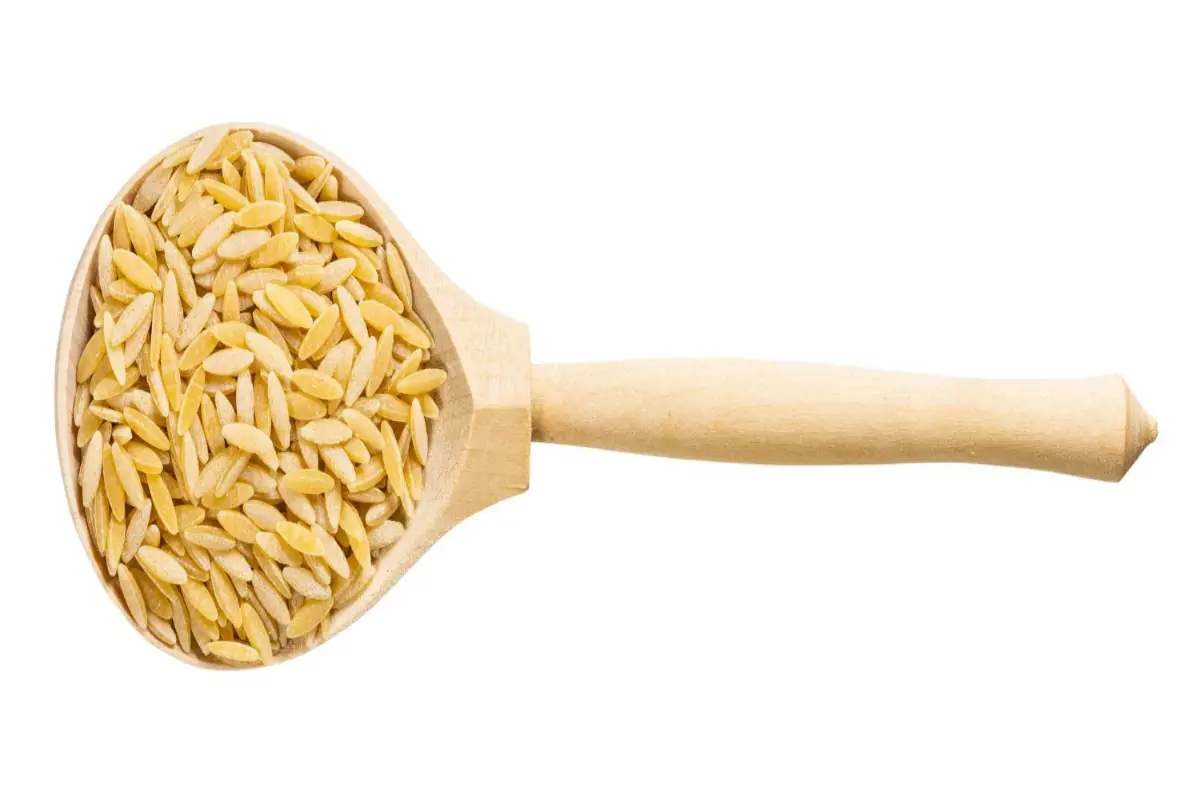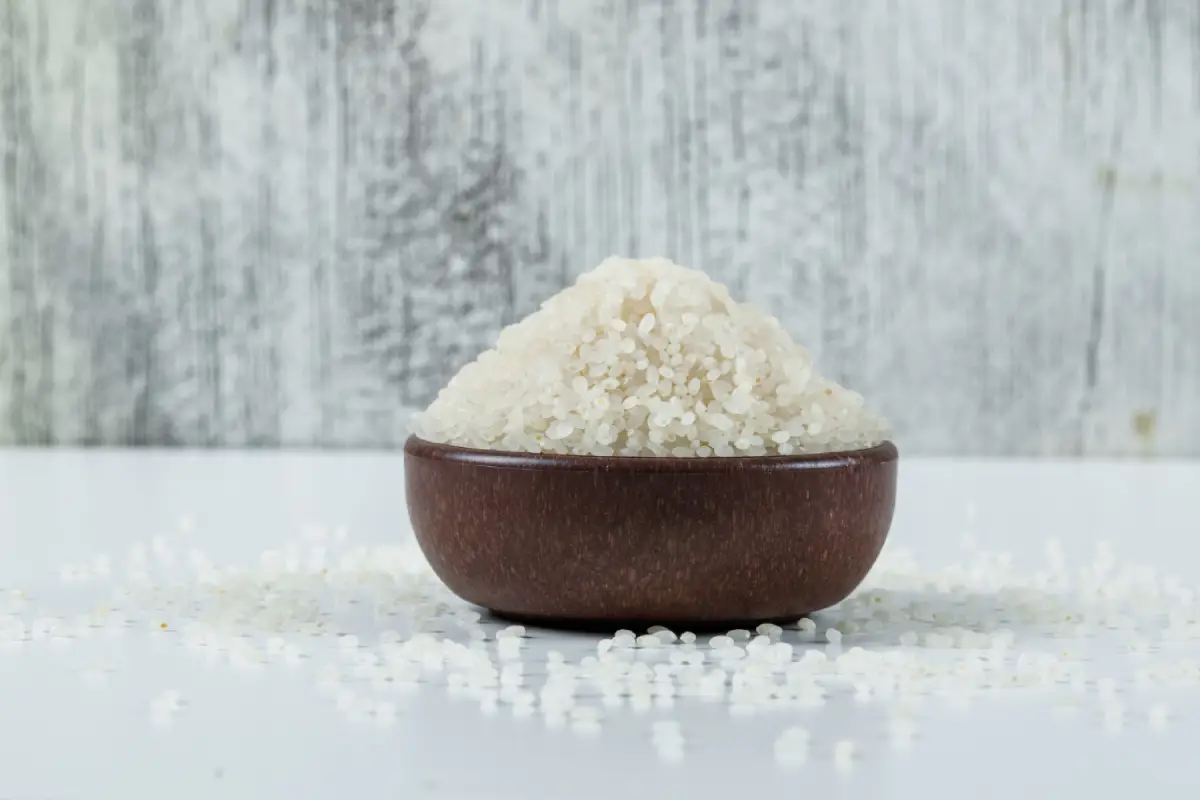Exploring pastina substitutes opens up kitchen creativity. Choosing orzo, rice, Acini de Pepe, or quinoa adds new flavors to your dishes. This journey goes beyond replacing an ingredient. It celebrates culinary diversity. For more on the foundations of Italian comfort food, consider reading our parent article, “Italian Penicillin Soup: Comfort Food for Wellness and Flavor”, which sets the stage for understanding the pivotal role of ingredients like pastina in traditional Italian cuisine.
Moreover, as we delve deeper into alternatives, it’s crucial to understand the context and culinary significance of pastina itself. Our preceding discussion, “What can I use in place of pastina?”, offers a comprehensive look at its role in Italian dishes and why finding the right substitute matters. This background enriches your appreciation of the substitutes we’re about to explore.
What Pasta Is the Same as Pastina?
When looking for a direct substitute for pastina, it’s helpful to consider pasta types that share its size and texture. While no pasta is exactly the same, orzo stands out as a close alternative. Orzo, shaped like a large grain of rice, offers a similar feel in soups and broths. Another option is Israeli couscous, slightly larger but still provides that comforting texture.
Can You Use Rice Instead of Pastina?
Yes, rice can serve as a substitute for pastina, especially in soups. Short-grain varieties like Arborio or sushi rice mimic the soft texture of pastina when cooked. They absorb flavors well, making them a great alternative in recipes that call for a comforting, starchy component.
Is Pastina and Acini de Pepe the Same?
Pastina and Acini de Pepe are not the same, but they are similar. Acini de Pepe, meaning “peppercorns” in Italian, refers to tiny, ball-shaped pasta. It’s a bit larger than the traditional star-shaped pastina but works well as a substitute in soups and stews, offering a comparable bite and texture.
Choosing the Right Substitute for Your Recipe
Selecting the right substitute depends on the dish you’re preparing. For broths and soups, orzo and Acini de Pepe provide a texture similar to pastina. For a gluten-free option, quinoa is an excellent choice, bringing added nutrition, as EatingWell explains the health benefits of incorporating quinoa into your diet. Consider the cooking time and how the substitute will interact with other ingredients to ensure your dish maintains its intended flavor and texture.
This guide aims to help you navigate the absence of pastina in your cooking, ensuring your Italian dishes remain comforting and delicious. Experiment with these substitutes to find the perfect fit for your recipes, keeping the essence of Italian comfort food alive in your kitchen.



